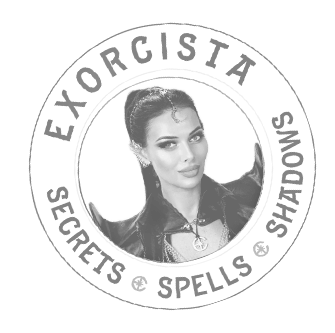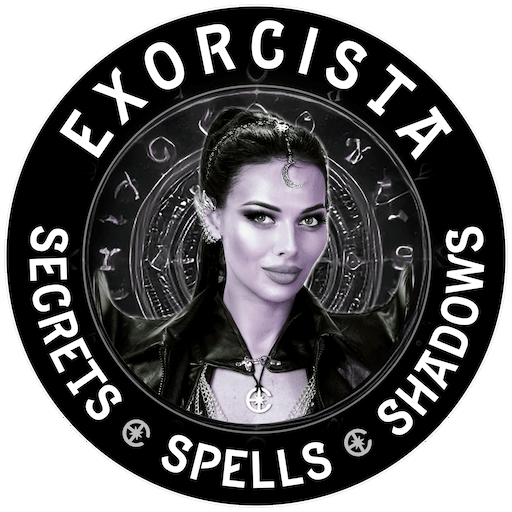Voodoo is one of the most misunderstood and misrepresented world religions, often confused with witchcraft or reduced to stereotypes in popular culture. But in truth, Voodoo is a complex, deeply spiritual religious practice with centuries of history rooted in Africa, the Caribbean, and the southern United States. Far beyond the imagery of Voodoo dolls and black magic, Voodoo embodies a rich tradition of rituals, animistic deities, and ancestral reverence.
This article explores the full story of Voodoo, tracing its journey from the enslaved West Africans who carried their religious beliefs across the Atlantic to its evolution into forms like Haitian Vodou, Louisiana French Voudou, and the rise of iconic figures like the legendary Voodoo Queen, Marie Laveau.
To dive deeper into her life and influence, we also recommend watching our feature on The Exorcista YouTube channel: The Story of the Voodoo Queen.
The Origins of Voodoo
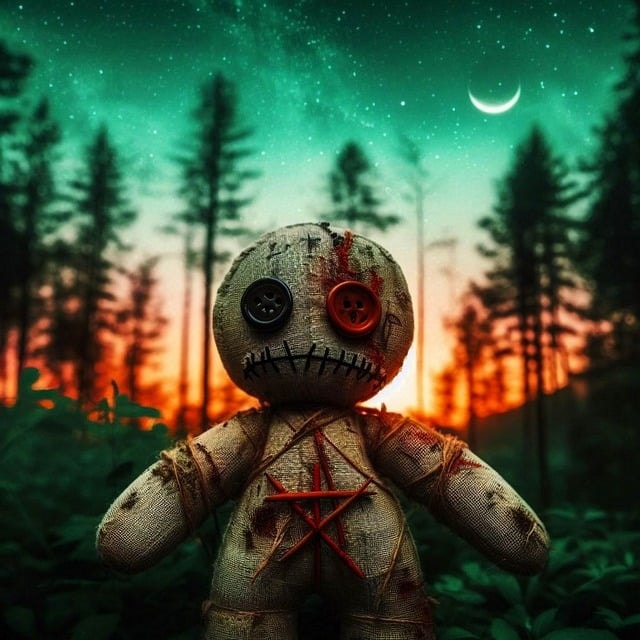

The roots of Voodoo begin in Africa, where traditional religious beliefs centered around animistic deities, ancestral worship, and the balance between the natural world and the spiritual realm. During the transatlantic slave trade, enslaved Africans brought these traditions to the Caribbean and the southern United States, blending them with elements of Roman Catholicism and French cultural practices.
As these cultures merged, different forms of Voodoo emerged:
Haitian Vodou developed in Haiti, heavily influenced by Catholic Church rituals and spirit possession practices.
Louisiana French Voudou flourished in New Orleans, incorporating Catholic saints, African deities, and the distinctive styles of ritual drummers and dance.
Despite regional variations, all forms of Voodoo share common threads of honoring spirits, invoking important lwa(spiritual beings), and performing rituals to maintain balance between the physical and spiritual worlds.
Key Practices in Voodoo
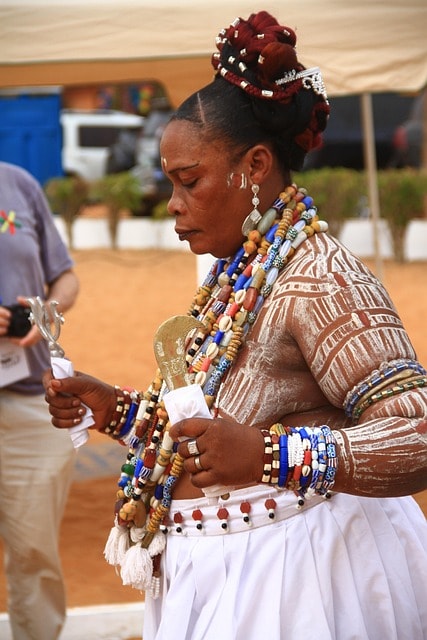

At its core, Voodoo is a religious practice that brings together religious rites, spirit possession, and the use of talismansand symbols to channel energy and offer protection. Common Voodoo practices include:
Rituals: Ceremonies featuring music, dance, and offerings to invite spirits into the space.
Voodoo dolls: Often misunderstood, these are used not for harm but to focus intention, healing, and prayer.
Spellwork: Harnessing words, gestures, and natural materials to influence the natural world in alignment with spiritual law.
Talismans: Objects imbued with power for protection, health, or success.
Ancestral worship: Honoring the familial spirits who guide and protect the living.
Many Voodoo priests and priestesses dedicate their lives to mastering these arts, serving as intermediaries between people and the spirit world.
The Rise of Voodoo in the Southern United States
As Voodoo traditions spread from Haiti to the southern United States, particularly in Louisiana, they began to blend with local customs and the influence of Roman Catholicism. The city of New Orleans became a global center for Louisiana French Voudou, where practices incorporated Catholic Church symbols, saints, and holy days into Voodoo rituals.
By the early 19th century, New Orleans was home to a thriving Voodoo community, with ritual drummers, spiritual ceremonies, and the rise of charismatic leaders. Among them, none was more famous than Marie Laveau, the most renowned Voodoo Queen in history.
Marie Laveau: The Voodoo Queen of New Orleans
Born in the late 18th century, Marie Laveau was a free woman of color who rose to become the most powerful Voodoo priestess in New Orleans. Combining her deep knowledge of religious practices, healing, and spirit work with the influence of Catholic Church traditions, Marie Laveau became a force in both the spiritual and social life of the city.
She was known for:
Leading massive rituals along the banks of the Mississippi River.
Creating powerful talismans and voodoo dolls for healing and protection.
Advising politicians, business leaders, and common people alike.
Serving as a spiritual bridge between the natural world and the divine.
Her legacy remains deeply ingrained in New Orleans’ identity, and her grave in St. Louis Cemetery No. 1 continues to draw visitors seeking blessings, protection, and connection to her enduring spirit.
For a full exploration of her life and mystical influence, visit our YouTube video: The Story of the Voodoo Queen.
Beliefs and Spirits in Voodoo
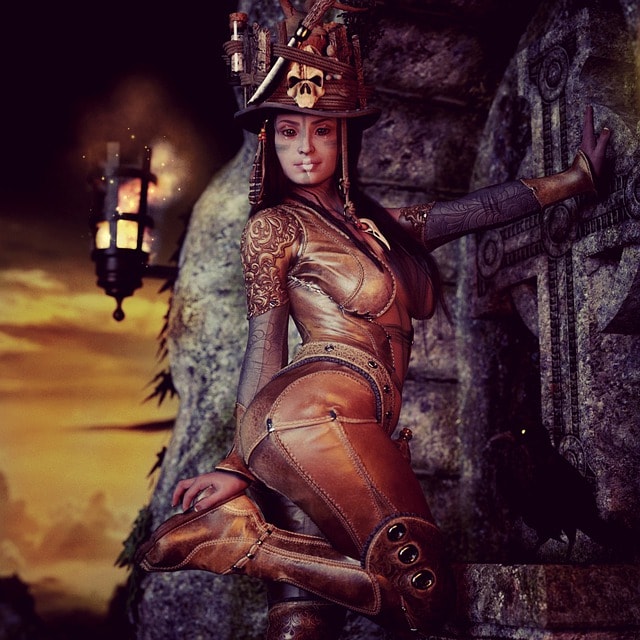

The core of Voodoo is the belief that the world is filled with unseen energies and entities, including:
Lwa: Powerful spiritual beings who govern aspects of the natural and human world, much like saints in Catholic Church traditions.
Familial spirits: Ancestors who remain present to protect and guide the living.
Deities: Forces connected to nature, health, love, and protection.
Voodoo priests and priestesses act as intermediaries between these forces and the people, performing rituals to honor, appease, and request guidance from the spirit world.
Voodoo’s Influence on Popular Culture
From Hollywood films to music videos, Voodoo has been sensationalized, often reduced to images of black magic, witchcraft, and sinister rituals. However, the truth is far deeper.
Modern popular culture often ignores the rich spiritual foundation of Voodoo, portraying it as a mere tool of curses and spells, when in reality it is a sacred religious practice focused on healing, balance, and respect for the natural world.
This ongoing misrepresentation has contributed to misunderstandings of Voodooism and the diverse forms it takes in Haiti, Louisiana, and beyond.
Regional Variations of Voodoo: Haiti, Louisiana, and Beyond
Though often referred to under one name, Voodoo is not a single, uniform tradition. Over centuries, it has evolved into diverse practices shaped by geography, history, and culture.
Haitian Vodou
Haitian Vodou emerged from the fusion of enslaved West Africans’ traditional religious beliefs with Roman Catholicism. In Haiti, Vodou rituals involve intricate ceremonies honoring the lwa, featuring ritual drummers, chanting, and spirit possession. The Haitian Creole language plays a key role, preserving the oral history and sacred songs passed down through generations.
Haiti’s revolutionary history, including the only successful slave revolt in the New World, was deeply influenced by Vodou, with ceremonies uniting fighters through shared spiritual purpose.
Louisiana French Voudou
In contrast, Louisiana French Voudou incorporated even more from the Catholic Church and French cultural traditions. Here, saints, holy water, and church symbols blended with African-based religious rites. New Orleansbecame famous for public rituals, elaborate talismans, and the prominence of priestesses like Marie Laveau.
Other Influences
Outside of these major centers, Voodoo spread through the southern United States, the Caribbean, and even into parts of South America, adapting to local beliefs and languages. Terms like hoodoo, word voodoo, and word vodou emerged, reflecting regional spellings and interpretations, though they often refer to distinct practices rooted in similar origins.
Voodoo Practices: Rituals, Beliefs, and Symbols
At the heart of Voodoo are its rituals, which serve as bridges between the physical world and the spiritual realm. These practices are meant to restore harmony, seek protection, or offer gratitude to the spirits.
Common Ritual Elements
Music and dance: Essential to opening communication with spirits, often led by ritual drummers.
Offerings: Food, drink, and personal objects presented to the lwa or familial spirits.
Voodoo dolls: Far from Hollywood myths, these tools focus energy on healing, blessings, and personal intentions.
Spellwork: Guided by sacred texts and oral traditions, combining herbs, words, and gestures.
Talismans: Sacred objects imbued with spiritual power, worn or placed to guard a person or home.
These elements all serve a purpose within Voodoo religious practice: keeping balance between the living, the dead, and the unseen forces of the natural world.
The Legacy of Voodoo in the Modern World
Despite centuries of misunderstanding and stigma, Voodoo remains a vital and living tradition. Across Africa, the Caribbean, and the United States, practitioners continue to honor the old ways, adapting them to modern life while preserving the spiritual connections that define Voodoo.
The rise of documentaries, historical research, and projects like The Exorcista YouTube channel—where stories like The Voodoo Queen of New Orleans are shared—helps restore respect and understanding to this important religious practice.
Today, Voodoo is practiced not only as a faith but as a form of cultural preservation, protecting ancestral knowledge and offering spiritual tools to navigate the challenges of contemporary life.
Misconceptions About Voodoo
One of the greatest challenges facing Voodoo today is the persistence of myths and misunderstandings, many of which have been fueled by popular culture, colonial fear, and religious bias. Instead of being recognized as a legitimate religious practice, Voodoo is often reduced to frightening stereotypes involving black magic, curses, and dark rituals.
Common Myths vs. Reality
Myth: Voodoo is about harm and revenge.
Reality: At its core, Voodoo is about healing, protection, and maintaining harmony with the natural world and the spirits.Myth: Voodoo dolls are tools for cursing others.
Reality: These dolls are often used to focus prayer, healing, and positive intentions, symbolizing the connection between the physical and spiritual.Myth: Voodoo is disorganized or primitive.
Reality: Voodoo has deeply structured rituals, hierarchies of spirits, and sacred rites, passed down through generations with precision.
By understanding the truth behind Voodoo, we honor the resilience of the enslaved Africans who kept these practices alive, and we respect the ongoing cultural and spiritual significance of Voodoo around the world.
Why Understanding Voodoo Matters
To study Voodoo is to explore the survival of enslaved West Africans‘ cultural identities despite centuries of oppression. It’s a faith that adapted and thrived through the horrors of slavery, the blending of Catholic Church symbolism, and the emergence of figures like Marie Laveau, who fought for respect and dignity within a society that often marginalized her people.
Today, Voodoo continues to offer answers about life, death, healing, and destiny. It preserves a unique worldview, where spirits, ancestors, and the natural world exist in constant conversation.
At The Exorcista, we believe it’s crucial to share these stories—not just to correct the myths, but to give voice to the sacred, historical, and cultural truths of Voodoo. That’s why we tell the full story of icons like the Voodoo Queen on platforms like our YouTube channel, inviting viewers to experience the living legacy of Voodoo themselves.
Watch the Story of the Voodoo Queen
For those looking to learn more about the life, power, and influence of Marie Laveau, we highly recommend watching our feature video:
The Story of the Voodoo Queen of New Orleans
In this video, we explore:
The historical rise of Louisiana French Voudou.
The spiritual and political influence of Marie Laveau.
How her rituals shaped the identity of New Orleans and beyond.
Conclusion
Voodoo is not just a set of ancient practices. It is a living, breathing faith that continues to guide, heal, and empower people across continents. From its African roots to its evolution in Haiti and Louisiana, Voodoo remains a powerful expression of resilience, culture, and spiritual depth.
Through honoring its history, respecting its leaders like Marie Laveau, and preserving its rituals, we ensure that Voodoo’s true story is told—free from the distortions of fear and fiction.
At The Exorcista, we are committed to sharing these histories and celebrating the sacred traditions that continue to shape our world today.
